Need Some Help? 0161 223 1843
Need Some Help? 0161 223 1843
BODYSHOP
WORKSHOP
WELDING
TOOLS
SAFETY

The Theory of How To Pull a Dent On A Car
July 26, 2020 4 min read 1 Comment
NEW VEHICLE STEELS
As you may already know, the modern motor vehicle has many more types of steel to make the body shell, compared to 15 years ago.
Instead of using Mild and HSS steels, manufacturers have moved on to AHSS (Advanced High Strength Steels) and UHSS Steels (Ultra High Strength Steels).
These new materials are alloys, and as such, they have unique properties such as work hardening and malleability. They are ideal for vehicle body panels and chassis frames and are extensively used in the modern vehicle bodyshell.
The use of these "alloys" has created problems when spot welding and more noticeably dent pulling when welding.
THE ISSUE OF RESISTANCE
RESISTANCE = HEAT
Steel has a high resistance to electrical current flow compared say to copper or even aluminium. It's because of this internal resistance that it heats up easily when an electrical current is passed through it. You need to understand this resistance because when an electrical current passes through a resistance, heat is generated. We use this heat to weld or join the material.
Spot welding, for instance, uses this heat to weld, and so does a dent repair welder.
The larger the resistance the more heat is generated for the same current.

TYPES OF DENT PULLER
The general type of new dent puller involves a current capacity of approximately 2500 amps, and this should be supplied through a 240v 16 amp plug. Most of these units, though, are installed with the standard 13 amp 240v Mains plug, which creates problems.
Two thousand five hundred amps are sufficient to weld the pulling consumable quickly and easily on standard steel but not on AHSS, as it sometimes will not stick.
The technician then tries to overcome this by turning up the welder's power output and herein lies the problem. The lack of current available from the 13 amp connection means that if the technician does turn up the power, his mains fuse or circuit breaker will blow.
So he alters the time and increases this instead.
The weld tag will now burn into the steel for a more extended period, creating more heat, and so it will weld (stick).
There are three problems with this:
- The excess heat will burn off any zinc or galvanising protection to the rear of the panel and so leaving a possible problem for rust in the future. It is because of this problem that some manufacturers do not approve dent repair on their vehicles.
- The welding tag has now melted into the material excessively, this has the effect of the weld being too strong, meaning a small hole could well result when its eventually pulled.
- The welding tag is now very badly melted, and this will make it difficult to weld onto the panel the next time you come to use it. The reason for this is the surface area is now quite large, and so the limited current ( power ) you have may mean it doesn't weld to the vehicle panel well.
MORE POWER NOT TIME
We need to create more heat where the weld tag touches the steel, as AHSS steel has a lower resistance than mild steel, this can be achieved in three ways.
Ensure your welder is connected to a 16 amp 240-volt supply enabling you to turn your welding current up but keep your welding time (burn time) to a minimum.
This will save to time and enable to you to weld quicker and maintain the shape of your weld tag for longer. It also ensures the galvanising layer isn't burnt off to the rear.
Ensure your weld tag surface area is small (pointed) and you place the smallest area onto the panel to weld.
Don't press your weld tab onto the body panel too heavily. Slightly touching the steel creates surface resistance between the tip of your welding tab and the steel itself. This slight touching creates a tiny air gap between your tab and the surface itself. More heat will naturally occur at this point due to the surface resistance generated. This extra heat will mean the tab welds more easily.
WARM THE PANEL
AHSS steels are designed to work harden when hit. A crease in a dented panel is just that, "hardened", compared to the rest of the surrounding steel. Warming the panel up will enable you to pull out the crease more easily.
A GOOD EARTH
The earth connection is incredibly important when carrying out a dent repair. Remember, the welding time is low, and the current is high. Any resistance in the circuit between the welders gun and earth return will mean it will also generate heat at this point. If your earth lead, for instance, is loose, or not connected correctly, then this other area of resistance will also generate heat.
The earth lead using a bit of the current from the welder at the same time as you are trying to weld will mean that less is available at your tab, ultimately causing it not to weld.
The earth clamp should always be clean and connections secure. It should always be cold in use. If you can feel any heat at your earth connection, then this means it's affecting your weld.
The simple tips I've listed above are what I tell technicians every time they ask me "why isn't my welding tab sticking to the panel".
1 Response
Leave a comment
Comments will be approved before showing up.
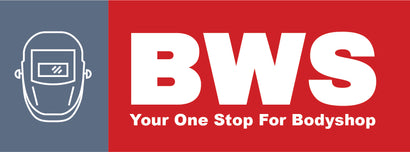
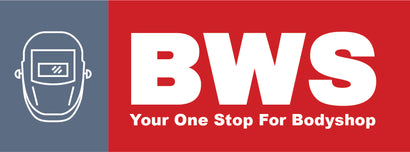
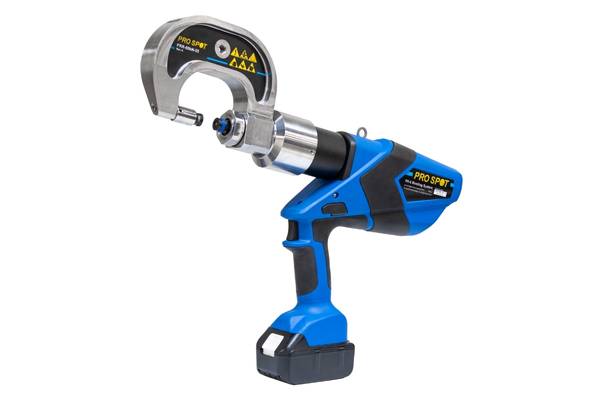
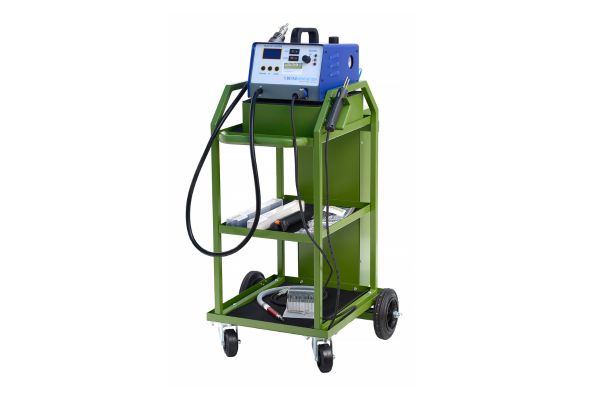
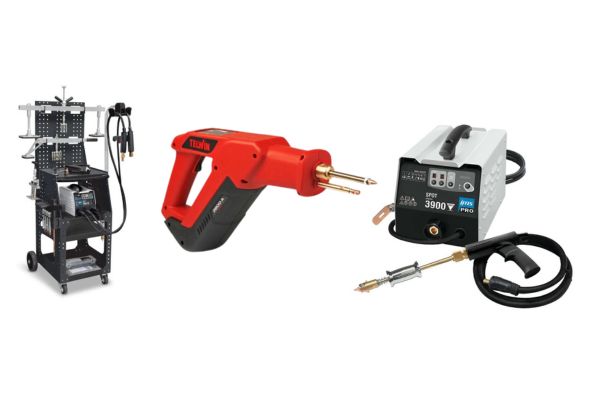
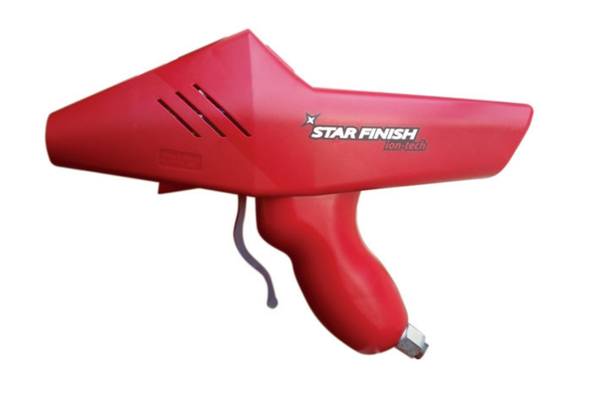
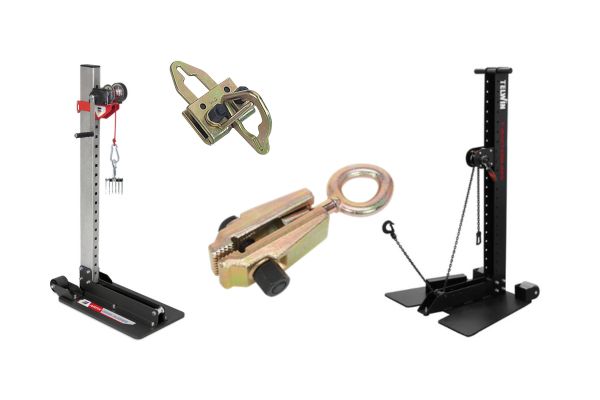
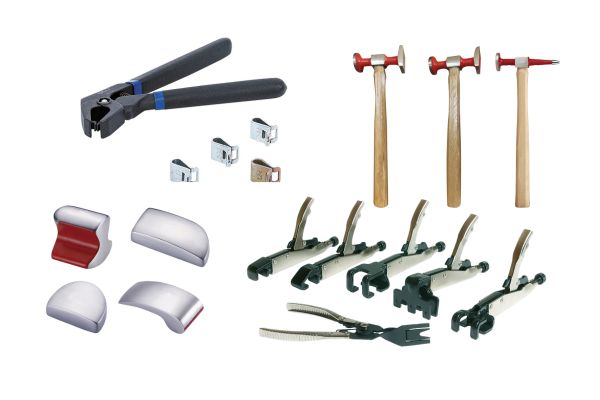
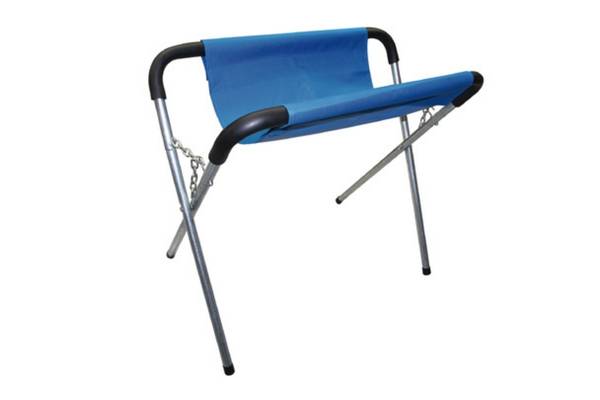
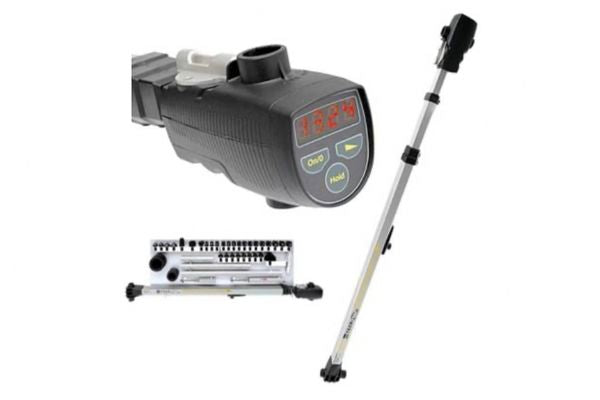
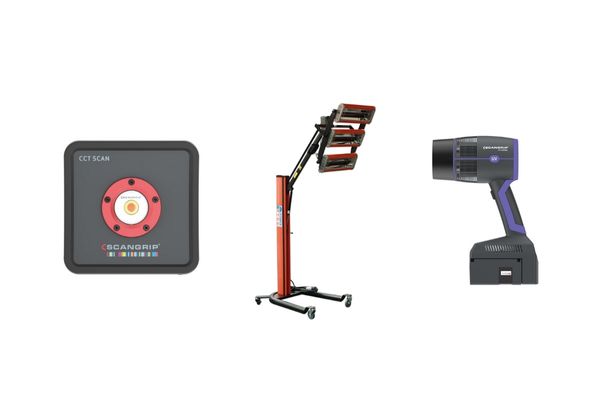
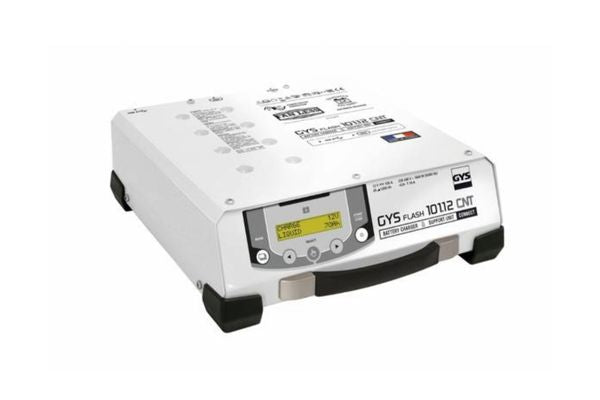
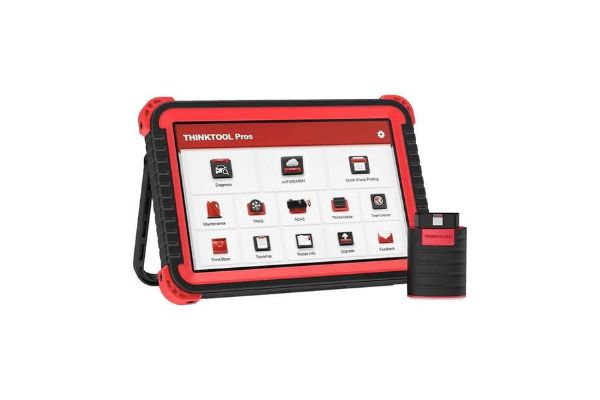
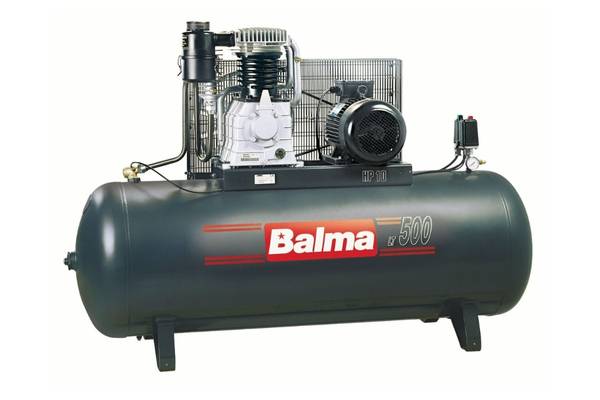
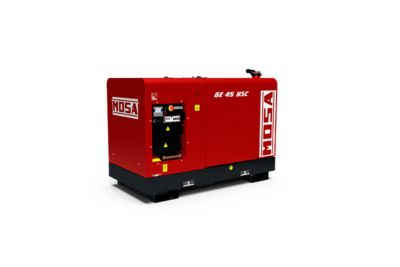
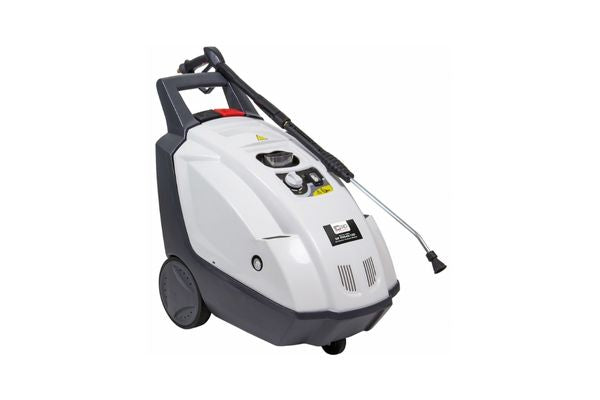
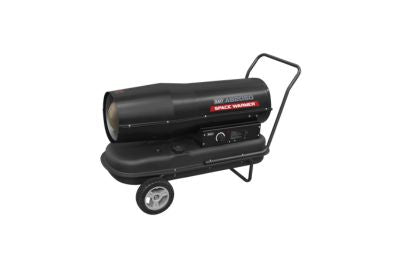
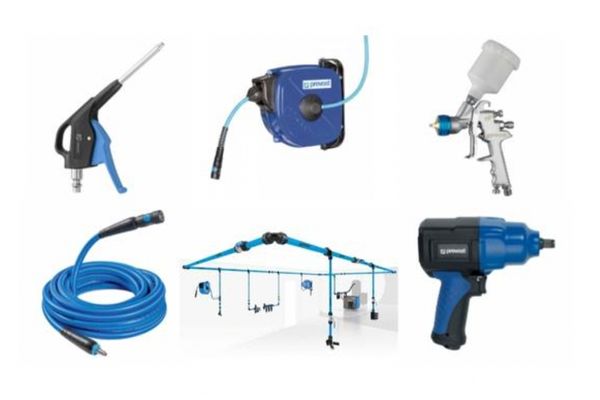
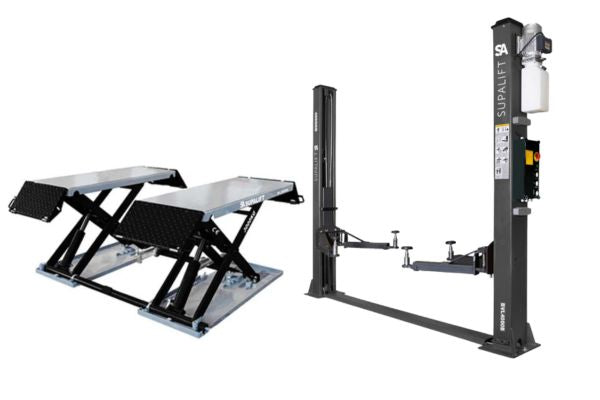
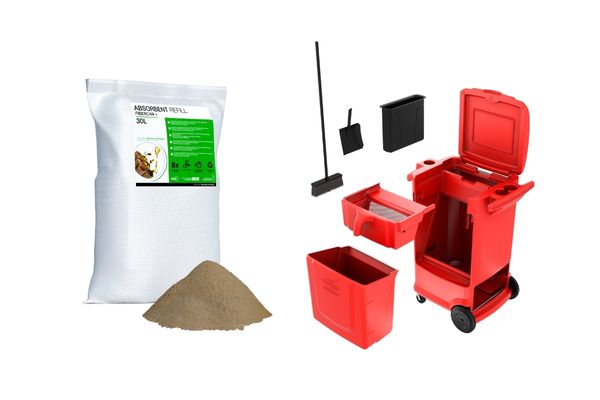
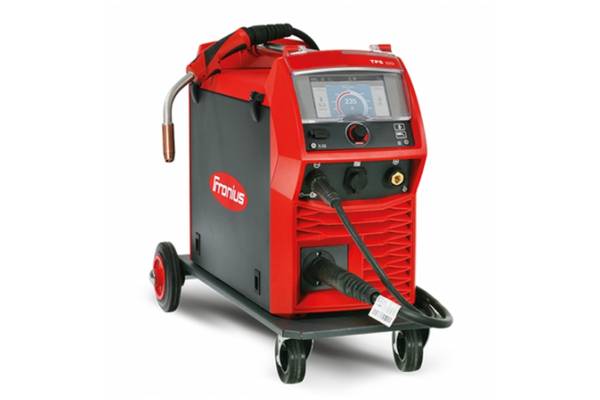
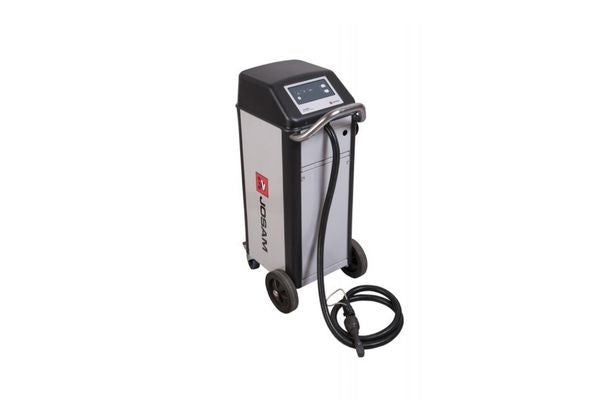
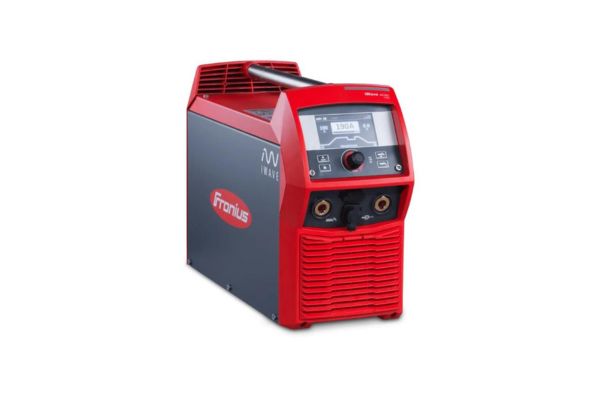
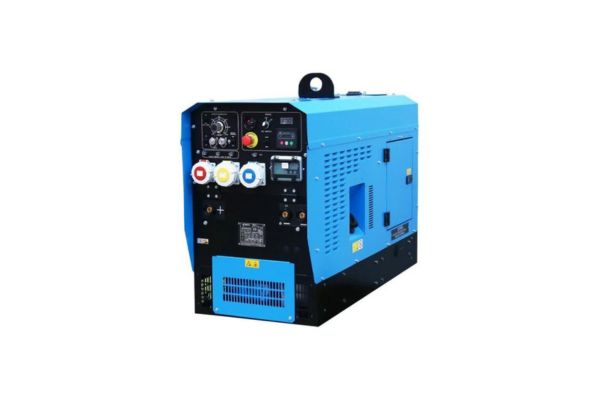
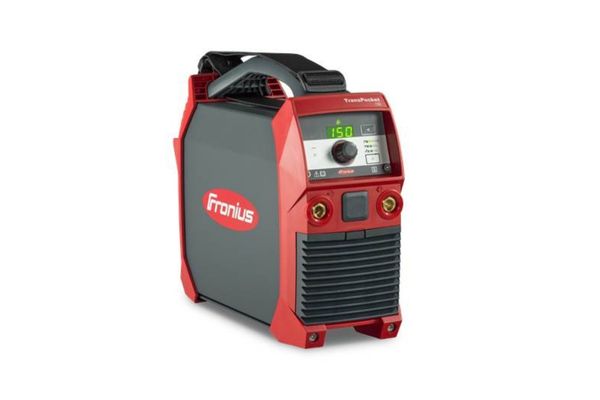
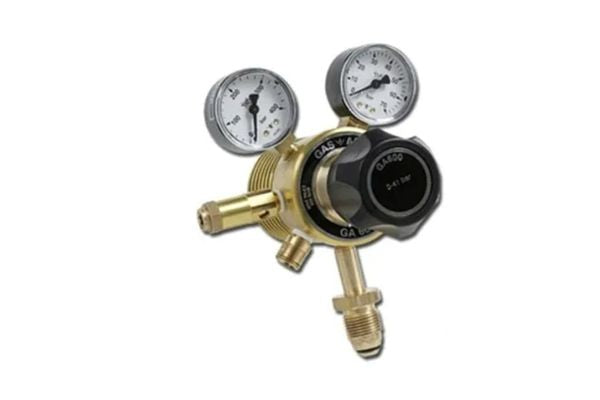
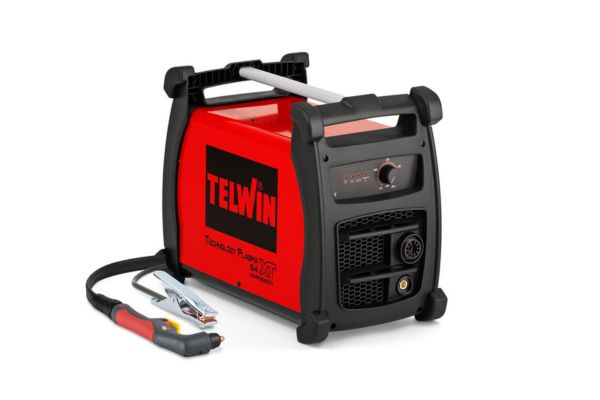
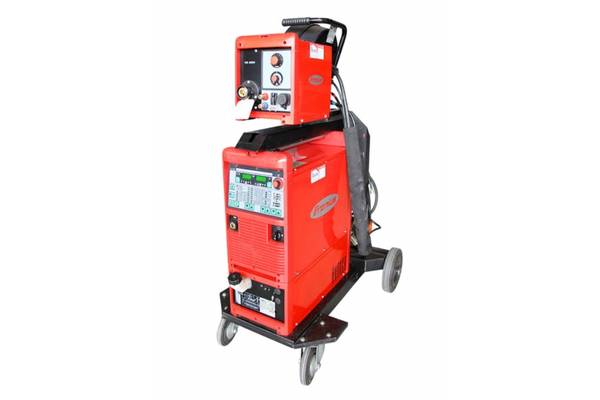
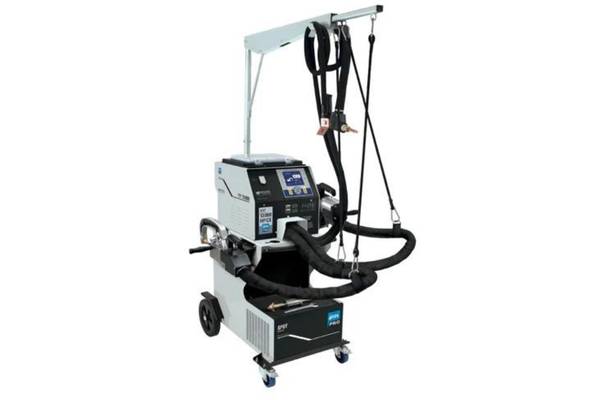
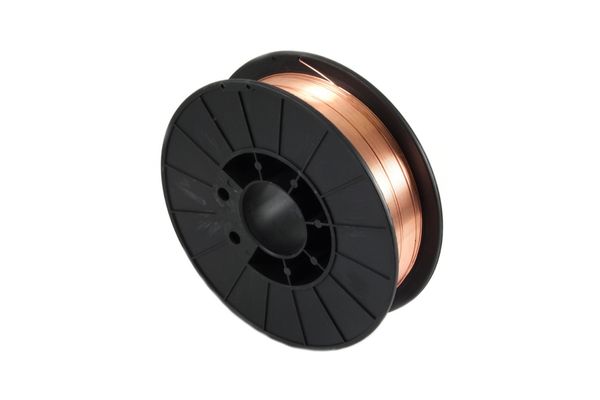
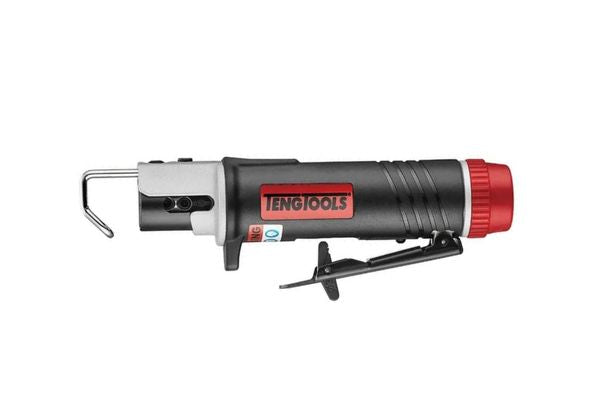

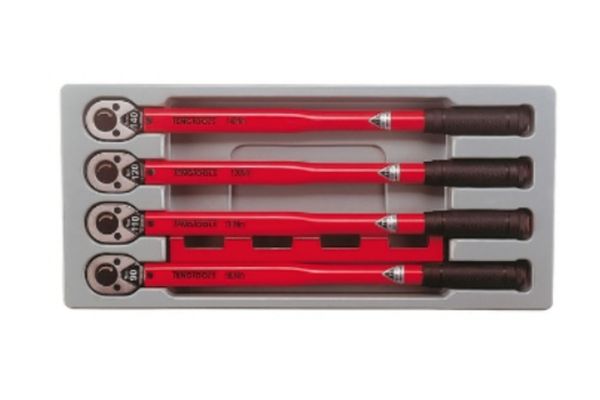
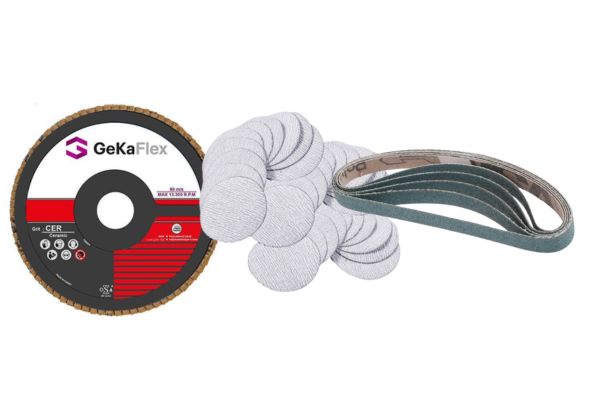
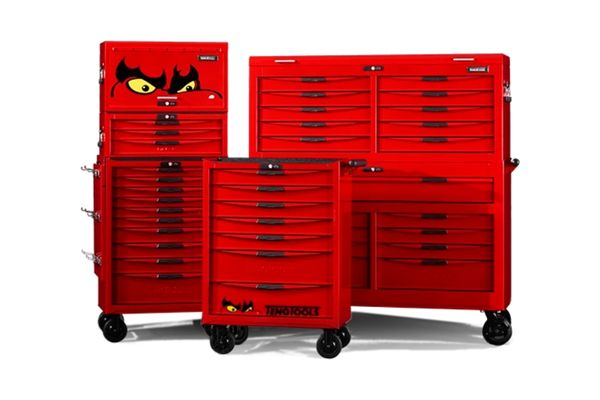
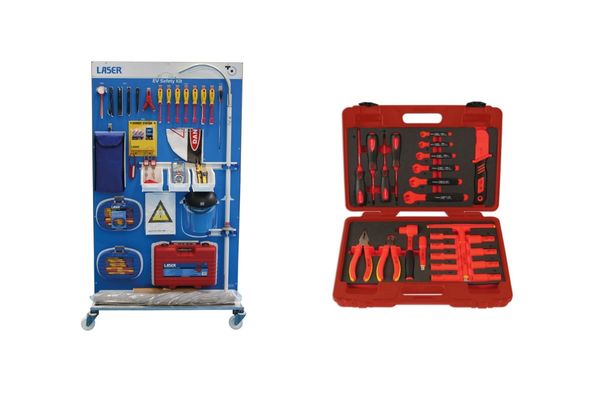
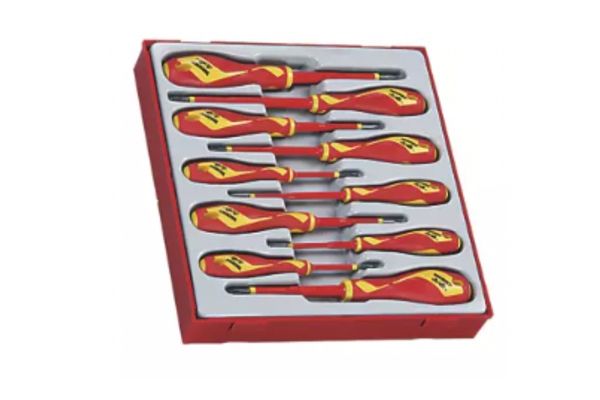
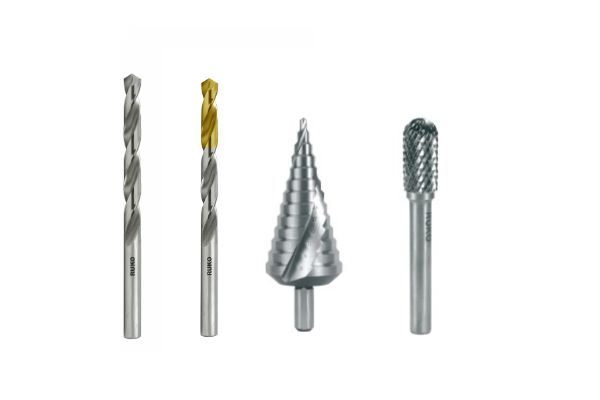

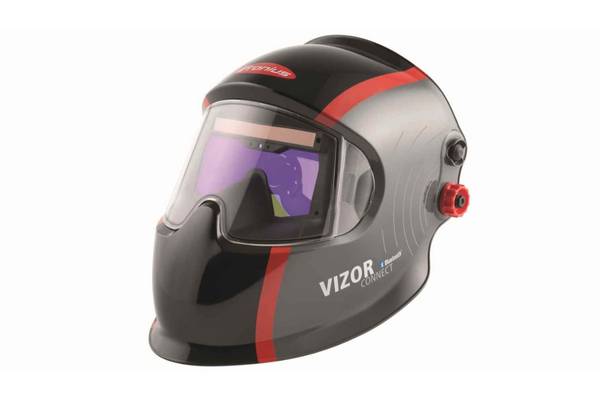
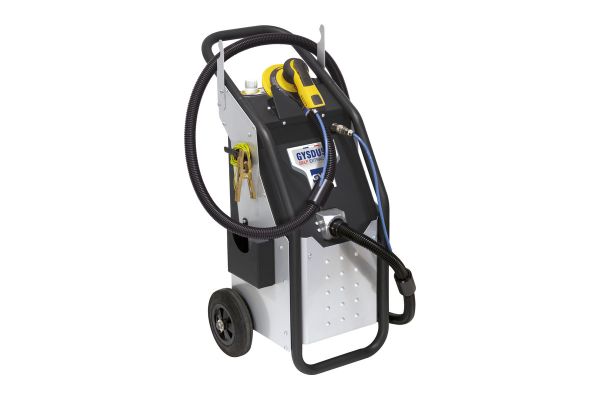
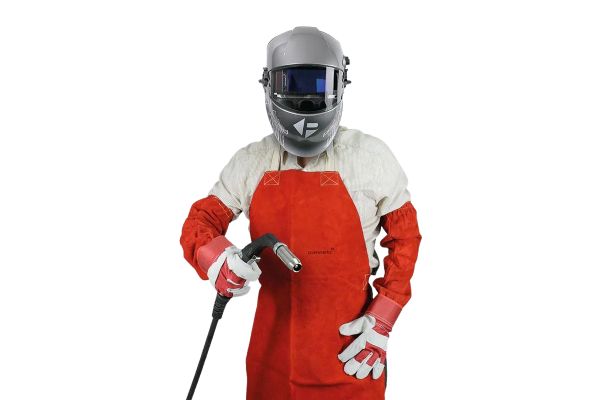

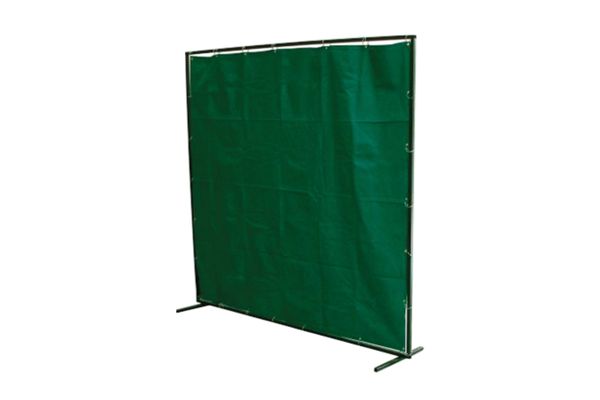
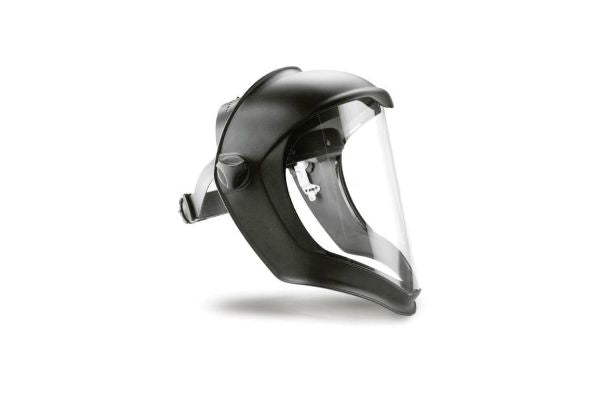
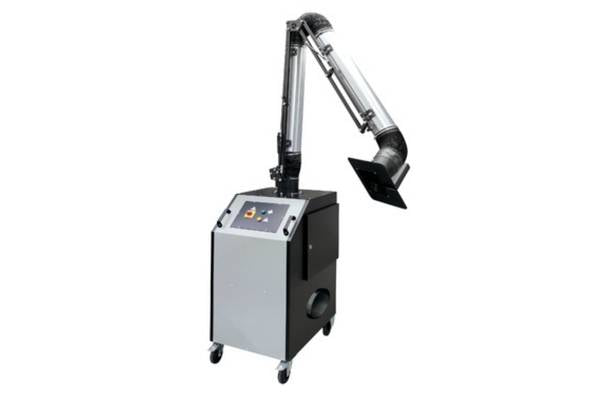
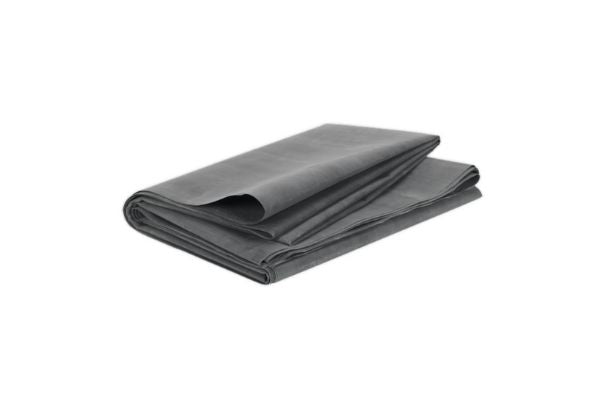
Mark Formstone
August 26, 2024
Great information, didn’t realise the 16amp situation, makes perfect sense, well documented, thank you.